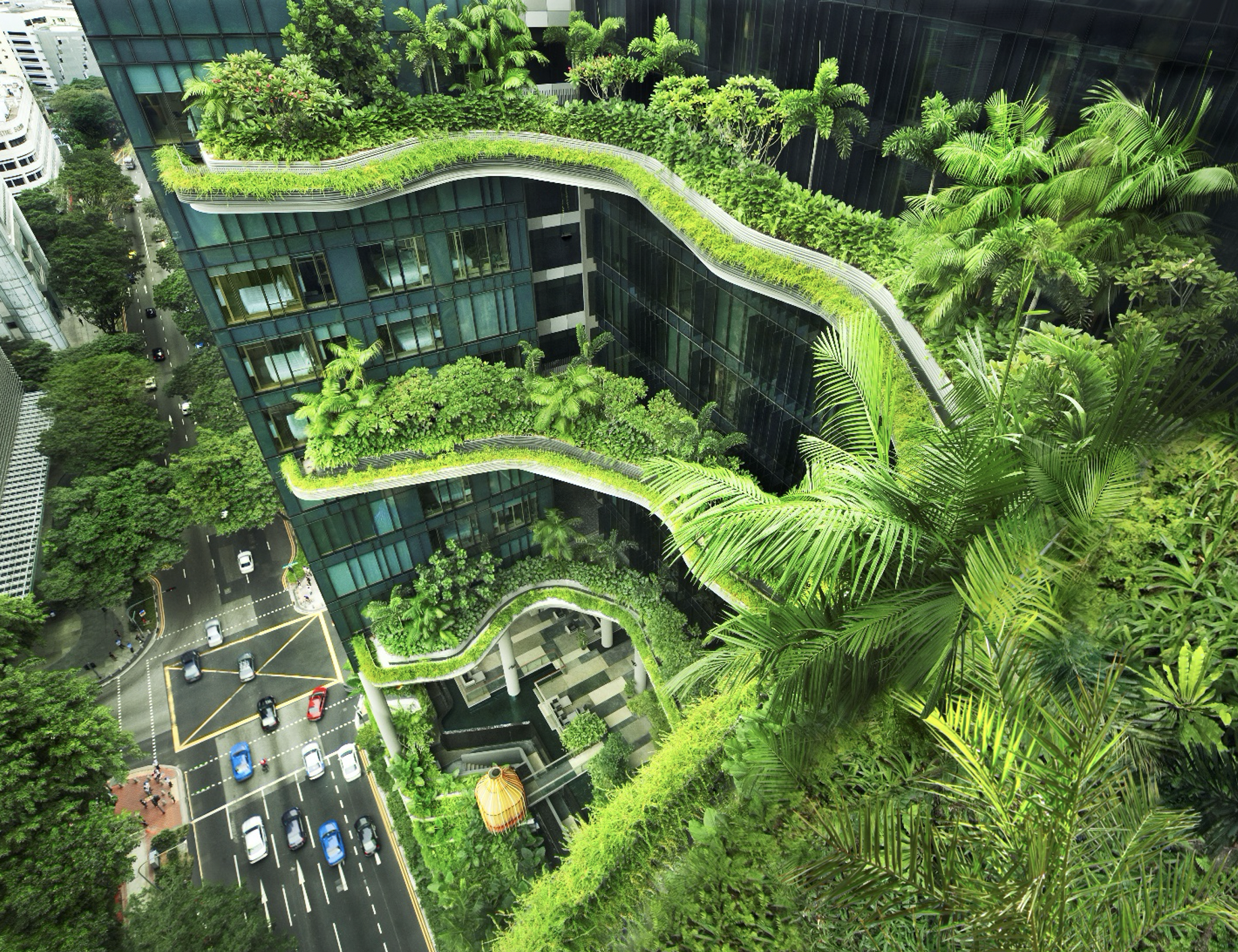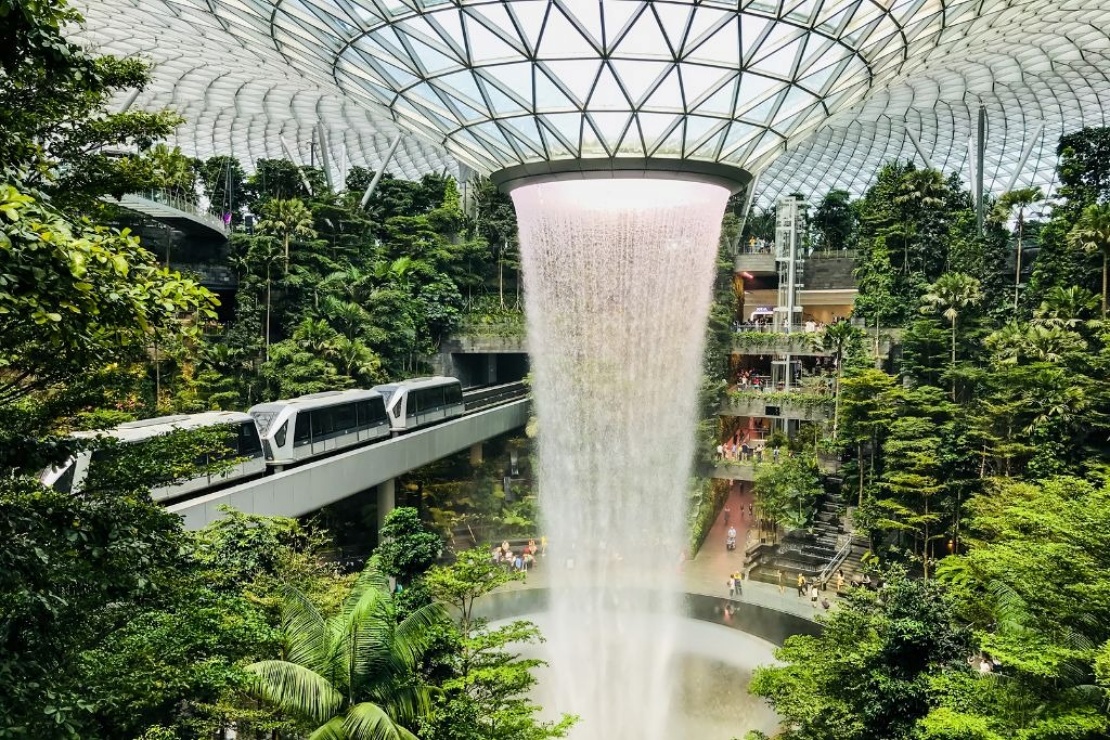I got completely drawn to read this blog when I saw the title. The concept of Biophilic Architecture is one of the topics I take keen interest in. The blog is very properly structured with respect to the introduction of the topic and how it should be implemented.
As rightly mentioned, Biophilic architecture is not only getting the green spaces inside the built form, but it is one of a very important aspect in today’s date for sustainability and bridging the gaps between Urban Spaces. By incorporating biophilia in regular practice it would surely enhance Human well-being, help in mitigate the climate change impacts, promote sustainable practices by emphasizing the use of natural materials, passive design strategies, and energy-efficient systems. It encourages the use of renewable resources, minimizes waste, and promotes a holistic approach to the entire life cycle of a building. By incorporating sustainable practices, biophilic architecture contributes to reducing carbon emissions and minimizing the environmental footprint of buildings.
Being said that it would also be a great way to design spaces which help to encourage community and public interaction. Biophilic architecture can incorporate well-designed outdoor and indoor gathering spaces that encourage people to come together. Multifunctional spaces can be designed with elements such as seating areas, community gardens, or plazas with natural features, which attract individuals and promote social interaction. By providing inviting and comfortable spaces, biophilic design encourages people to engage in conversations, form connections.
Here are few examples which could be used as a reference for studying the subject further:
Barbican Centre – London, UK
One Central Park – Sydney, Australia
Second Home – Lisbon, Portugal
Bosco Verticale – Milan, Italy
The jewel – Singapore, Singapore
Gardenhouse – Beverly Hills, USA
References: https://designwanted.com/biophilic-architecture/





I got completely drawn to read this blog when I saw the title. The concept of Biophilic Architecture is one of the topics I take keen interest in. The blog is very properly structured with respect to the introduction of the topic and how it should be implemented.
As rightly mentioned, Biophilic architecture is not only getting the green spaces inside the built form, but it is one of a very important aspect in today’s date for sustainability and bridging the gaps between Urban Spaces. By incorporating biophilia in regular practice it would surely enhance Human well-being, help in mitigate the climate change impacts, promote sustainable practices by emphasizing the use of natural materials, passive design strategies, and energy-efficient systems. It encourages the use of renewable resources, minimizes waste, and promotes a holistic approach to the entire life cycle of a building. By incorporating sustainable practices, biophilic architecture contributes to reducing carbon emissions and minimizing the environmental footprint of buildings.
Being said that it would also be a great way to design spaces which help to encourage community and public interaction. Biophilic architecture can incorporate well-designed outdoor and indoor gathering spaces that encourage people to come together. Multifunctional spaces can be designed with elements such as seating areas, community gardens, or plazas with natural features, which attract individuals and promote social interaction. By providing inviting and comfortable spaces, biophilic design encourages people to engage in conversations, form connections.
Here are few examples which could be used as a reference for studying the subject further:
Barbican Centre – London, UK
One Central Park – Sydney, Australia
Second Home – Lisbon, Portugal
Bosco Verticale – Milan, Italy
The jewel – Singapore, Singapore
Gardenhouse – Beverly Hills, USA
References: https://designwanted.com/biophilic-architecture/